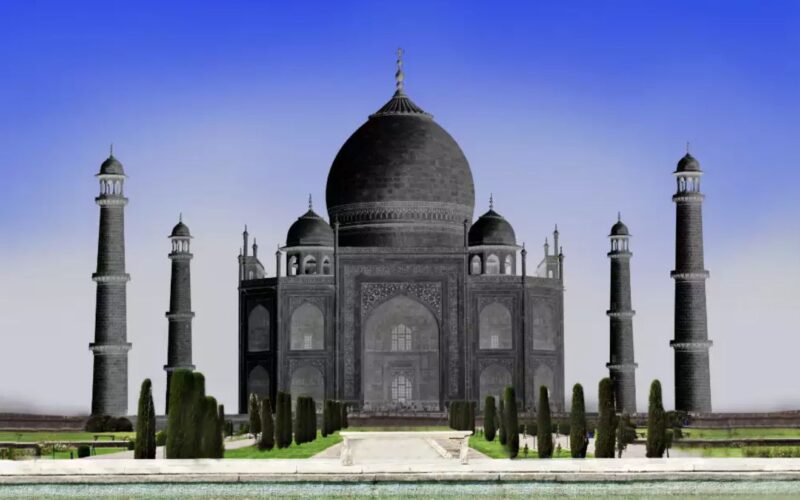The tale of the black Taj Mahal, shrouded in mystery and fueled by legends, adds an intriguing chapter to the history of this iconic monument. The narrative, often linked to the writings of French traveler Jean Baptiste Tavernier, suggests that Shah Jahan had envisioned a black Taj Mahal, mirroring the white one, across the river.
According to Tavernier, this ambitious plan was thwarted by Shah Jahan’s son, Aurangzeb. The supposed evidence for this theory lay in the black stones found in Agra’s Mahtab Bagh, a famous garden located across the river from the Taj Mahal. However, historians have refuted these claims, asserting that the black stones were merely discolored and not part of a grand design.
Interestingly, India does have a black Taj Mahal, but it’s not in Agra. Referred to as the Kaala Taj Mahal, it serves as the final resting place of Shahnawaz Khan. Additionally, it is believed to be the site where the base of the original Taj Mahal was planned. This lesser-known black Taj adds a touch of reality to the myth, creating a fascinating twist in the story.
Legends and rumors may weave captivating narratives, but separating fact from fiction is an ongoing challenge. The Taj Mahal, in its pristine white glory, remains a symbol of eternal love, while the enigma of a black Taj Mahal continues to captivate imaginations. What’s your take on this intriguing tale?
